Installation shot at the Los Angeles County Museum of Park Dae Sung, Snow at Bulguk Temple, 1996. Ink on paper. Collection: Gyeongju Solgeo Art Museum.
Walking around the first-floor galleries at LACMA, we had the pleasure of stumbling upon a riveting installation showcasing Korean history and calligraphy. Park Dae Sung: Virtuous Ink and Contemporary Brush features eight stunning works, including six massive ink paintings, by the greatest living Korean ink master, Park Dae Sung (b. 1945). Self-taught, Park has spent time in China, walked the Silk Road, and searched for the meaning of hanja (Chinese characters), the aesthetic foundation of his calligraphy and paintings. With a single brush, and working on the ground to prevent the ink from dripping, he masterfully portrays his subjects by fusing the aesthetics of East and West. Putting a contemporary spin on the traditional art of ink-and-wash painting, Park’s works often reimagine the landscapes typically portrayed by Chinese and Korean ink masters.
Our favorite ink painting Snow at Bulguk Temple (1996), the showstopper seen here, which spans an entire wall, depicts a snowy landscape in Gyeongiu, located 170 miles southwest of Seoul. Constructed in 774, the Bulguk Temple is considered a National Treasure and a UNESCO World heritage site. After studying in New York the previous year, Park returned to Korea, and spent much of 1996 visiting the Bulguk Temple, where he was deeply affected by witnessing snow falling. From careful studies as well as subsequent memories and imagination (each important to his practice), he created this large-scale, meditative scene. Using fine brushstrokes, the artist brilliantly harnessed the natural luminescence of hanji, Korean mulberry paper - using negative space as it were - to poetically capture the whiteness, serenity, and silence of a fresh blanket of snow.
LACMA’s display of these large scale works within a rather intimate, semi-enclosed space is spectacularly immersive (enhancing an already innate quality of the art), inviting the viewer to get up close to see Park’s brushwork and imagine themself within the expansive scenes. This experience is heightened by the museum’s choice of a dark wall color which furthers the cinematic character of the encounter.

